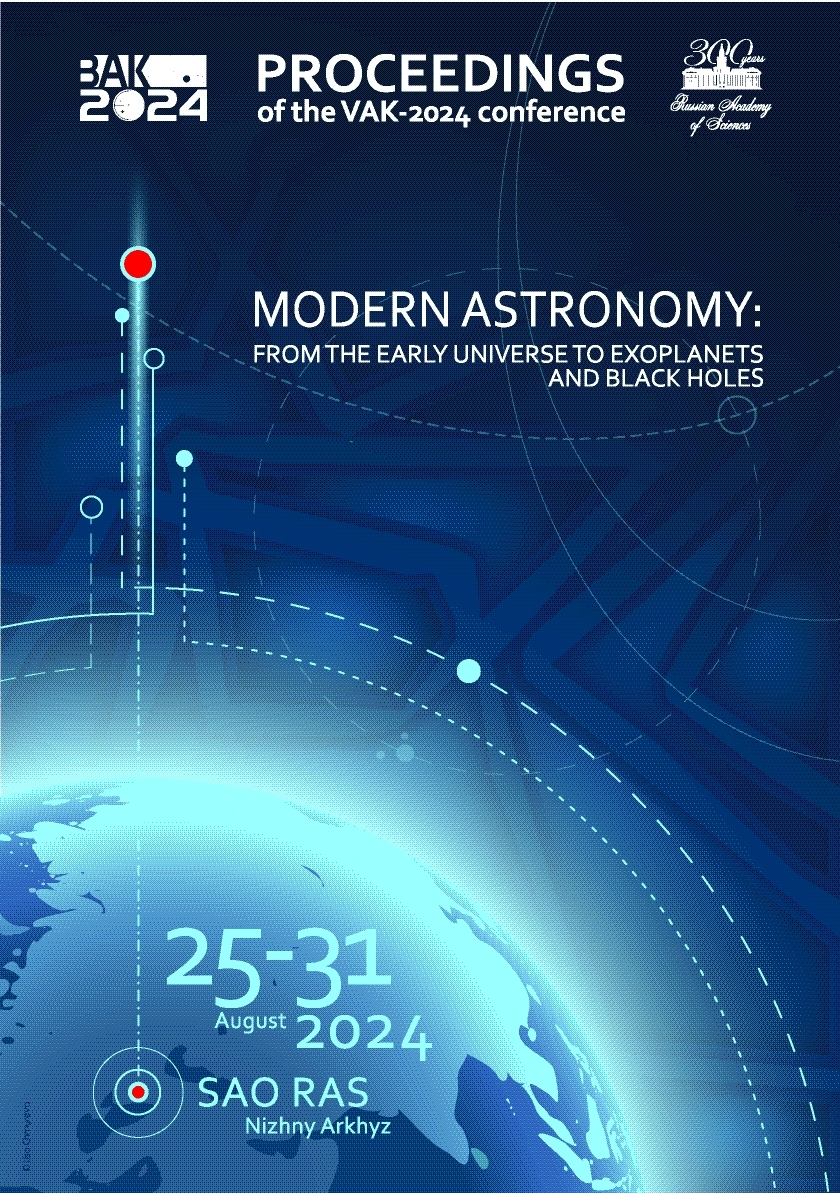УДК 53 Физика
УДК 520 Инструменты, приборы и методы астрономических наблюдений, измерений и анализа
УДК 521 Теоретическая астрономия. Небесная механика. Фундаментальная астрономия. Теория динамической и позиционной астрономии
УДК 523 Солнечная система
УДК 524 Звезды и звездные системы. Вселенная Солнце и Солнечная система
УДК 52-1 Метод изучения
УДК 52-6 Излучение и связанные с ним процессы
ГРНТИ 41.00 АСТРОНОМИЯ
ГРНТИ 29.35 Радиофизика. Физические основы электроники
ГРНТИ 29.31 Оптика
ГРНТИ 29.33 Лазерная физика
ГРНТИ 29.27 Физика плазмы
ГРНТИ 29.05 Физика элементарных частиц. Теория полей. Физика высоких энергий
ОКСО 03.06.01 Физика и астрономия
ОКСО 03.05.01 Астрономия
ОКСО 03.04.03 Радиофизика
ББК 2 ЕСТЕСТВЕННЫЕ НАУКИ
ББК 223 Физика
ТБК 614 Астрономия
ТБК 6135 Оптика
BISAC SCI004000 Astronomy
BISAC SCI005000 Physics / Astrophysics
For a qualitative description of the oscillations of the Earth's pole, a simplified analytical model is derived, showing the presence of the frequency of periodic gravitational external action in the coordinates of the pole. As part of the refinement of the forecast of the pole movement, long-period impacts on the pole from the Moon were found and identified. Among the main characteristics of the Moon's orbit, the rotation of the node of the lunar orbit and the rotation of the perigee were chosen from the project The JPL Horizons 2024. The study used a number of C01 observational and measurement data from the International Earth Rotation Service (IERS). The observations were processed over a 122-year interval, starting in 1900 and up to 2023. In this work, as a result of numerical processing of C01 observational data, it was possible to identify quasi-stationary harmonics with the frequency of rotation of the node of the lunar orbit (as well as with a doubled frequency) and with the frequency of rotation of the perigee. The found harmonics are phase-coordinated with the positions of the node of the lunar orbit and its perigee. This confirms the existence of a mechanism of gravitational influence of the Moon (as well as other massive bodies of the Solar System) on the fluctuations of the Earth's pole. The amplitudes of these harmonics show the scale of the gravitational influence from the Moon.
astrometry; celestial mechanics; Moon; Earth
1. Akulenko L.D., Kumakshev S.A., and Markov Yu.G., 2005, Doklady Physics, 50, 2, p. 106
2. Kumakshev S.A., 2018, Mechanics of Solids, 53, 2, p. 159
3. Perepelkin V.V., Rykhlova L.V., and Filippova A.S., 2019, Astronomy Reports, 63, 3, p. 238
4. Perepelkin V.V., Rykhlova L.V., and Wai Yan Soe, 2022, Astronomy Reports, 66, 1, p. 80







